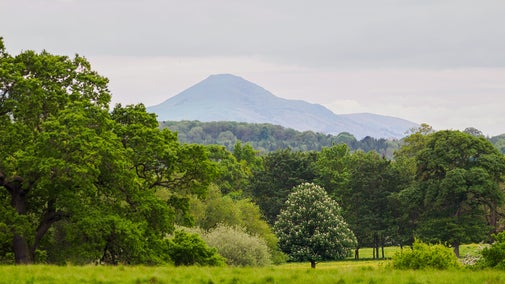Monday 8 - Friday 12 September & Monday 15 - Friday 19 September 2025
A week long excavation experience
A week long excavation for those who wished to develop their archaeological skills with leading archaeologists and be part of the first significant excavation on the wider Attingham Estate.
Set within the stunning wider Attingham Estate and just a stone’s throw from Wroxeter Roman City (Viroconium Cornoviorum). As well as lying within the hinterland of one of the largest cities of Roman Britain, it is believed that the site may also conceal layers of history stretching back into the Iron Age and even earlier. Participants learnt from leading archaeologists, including Matt Williams who is a Time Team archaeologist, supported by Dr Roger White, who is the leading expert on Wroxeter Roman City and its hinterland, and National Trust archaeologists. Participants had the chance to contribute directly to uncovering new stories about the Attingham Estate, Wroxeter Roman City, and what came before and after.
The experience included exclusive access to an excavation trench, access to an exclusive series of talks and behind the scenes insight about the dig and archaeology on the estate, hands on training by professional archaeologists, and immersive talks. This experience blended expert insight with real discovery.



















